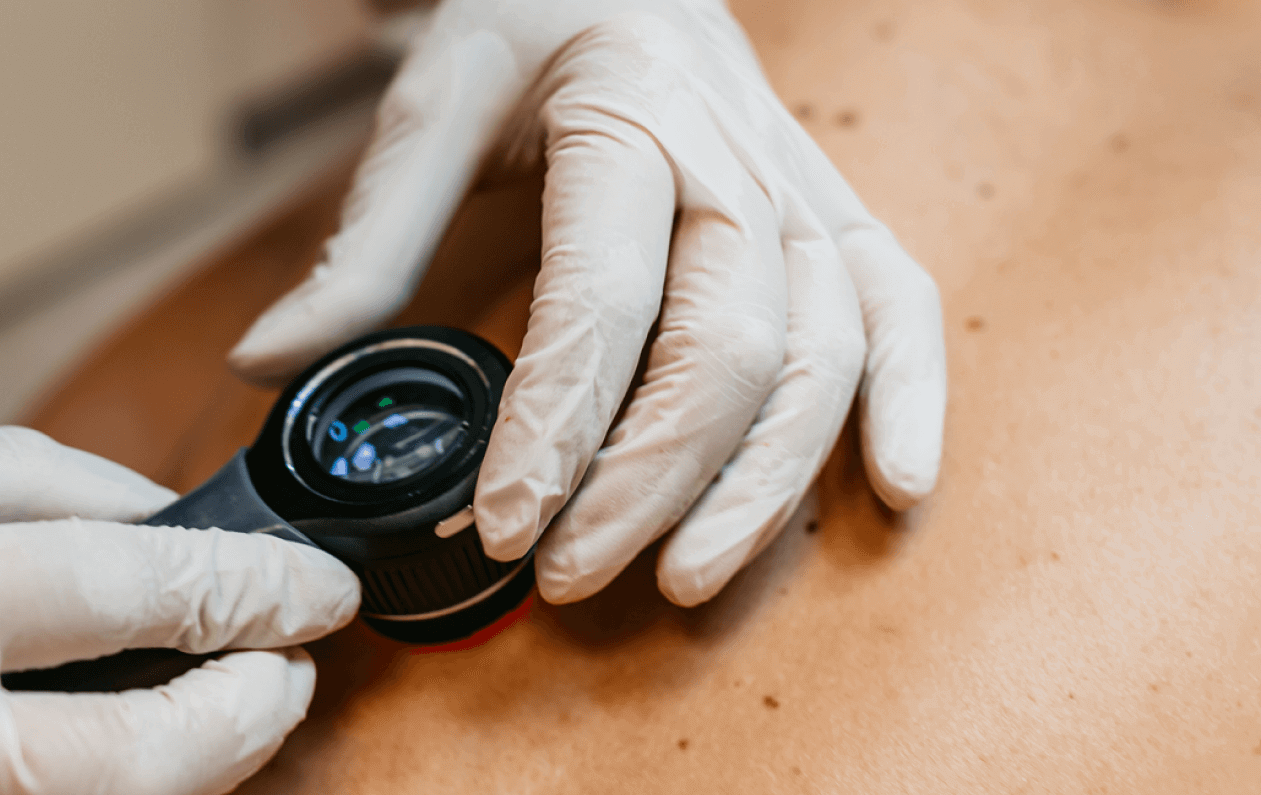-
Please enter a 5 digit zipcodeNo results...
- Our Location
- Providers
-
Conditions
Skin Cancer
Common Dermatological Conditions
- Acne
- Actinic Keratosis
- Alopecia and Hair Loss
- Bullous Skin Disorder
- Cysts
- Dry Skin
- Eczema
- Hives
- Melasma
- Moles
- Psoriasis
- Rashes
- Seborrheic Keratosis
- Rosacea
- Skin Discoloration
- Skin Tags
-
Patient Resources

